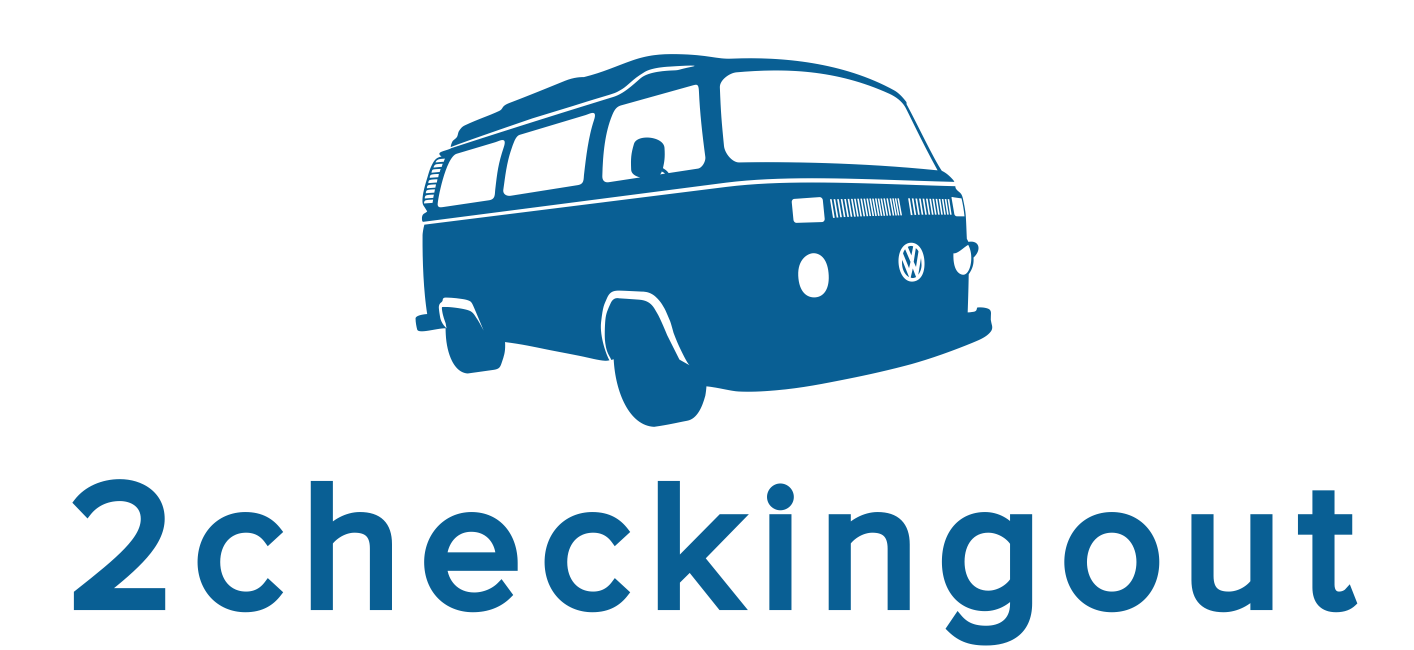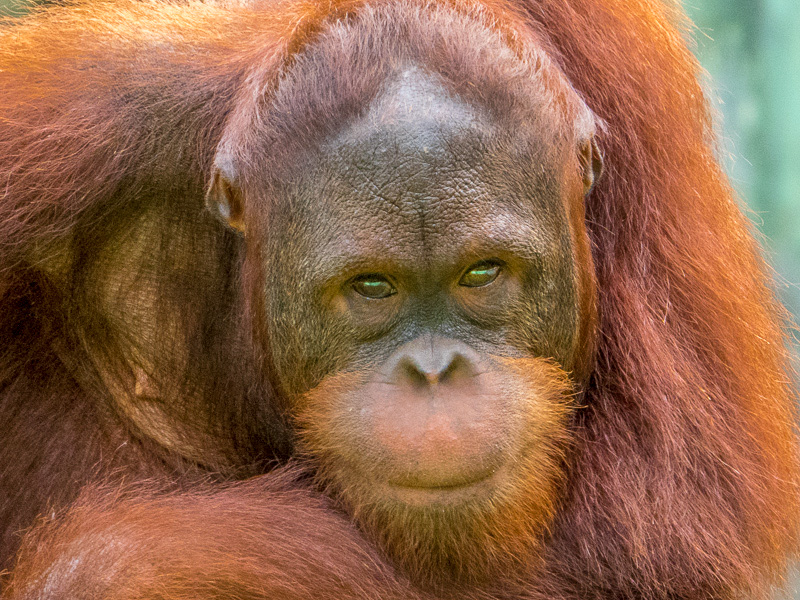Borneo Adventure: Eye to Eye with the Borneo Orangutan
Connecting with the Borneo orangutan at Semenggoh and Matang. Marvelling at other Borneo wildlife in Bako National Park and Kubah National Park. Our best Borneo adventures.
A Guide to Visting Myanmar (Part 3): Slow Train to Inle Lake
The final part of the best Myanmar destinations for a two week Myanmar itinerary. Taking the slow train, exploring Inle Lake and chilling on Ngapoli Beach.
A Guide to Visiting Myanmar (Part 2): The Beautiful Bagan Temples
Part two of the best Myanmar destinations for a two week Myanmar itinerary. What to do in Bagan? Explore the Bagan temples by ebike of course.
A Guide to visiting Myanmar (Part 1): What to do in Yangon
Why Myanmar should still be on your bucket list. In three parts, we share the best Myanmar destinations for a two week itinerary. Part one, What to do in Yangon.
An amazing story of love, kindness and sacrifice for Bali Dogs
Two months in Bali, must have been paradise? Well it was and it wasn't. We house sat 8 rescue dogs and had our hearts broken.
Discovering Laos: Things to Do in Vientiane
Join us as we soak up Laos culture in the capital city, Vientiane. We share our thoughts on the best things to do as we sample a little street life.
Adrenaline Overload: My First Motorcycle Adventure, Laos Style
Join this uncoordinated 40-something first-time rider on the best motorcycle adventure with Uncle Tom’s Trails. Seriously the best thing to do in Laos.
Discovering Laos: Things to Do in Luang Prabang
Join us as we soak up Laos culture with a French twist in Luang Prabang. We share our thoughts on the best things to do & why Luang Prabang should be on your Laos itinerary.
Checking Out Chiang Rai: The Perfect 1-Day Itinerary
Planning a day trip to Chiang Rai? Check out our suggested 1-day itinerary which scoops up the best things to do and see.
Want to Ride an Elephant? How to Choose an Ethical Alternative and Why.
Many bucket lists include riding an elephant or elephant trekking, but is that dream ethical? Find out why it's time to update your list with our elephant friendly alternatives.
Elephant Love: A Week Volunteering at Journey to Freedom, Thailand
Seven captivating days getting to know seven elephants really well, including a 6-month-old calf. Journey to Freedom is our second full blown elephant experience.
3 Easy steps to getting a Myanmar visa in Bangkok
Thinking of travelling from Thailand to Myanmar? Here are 6 easy steps to get a visa at the Myanmar Embassy Bangkok.












